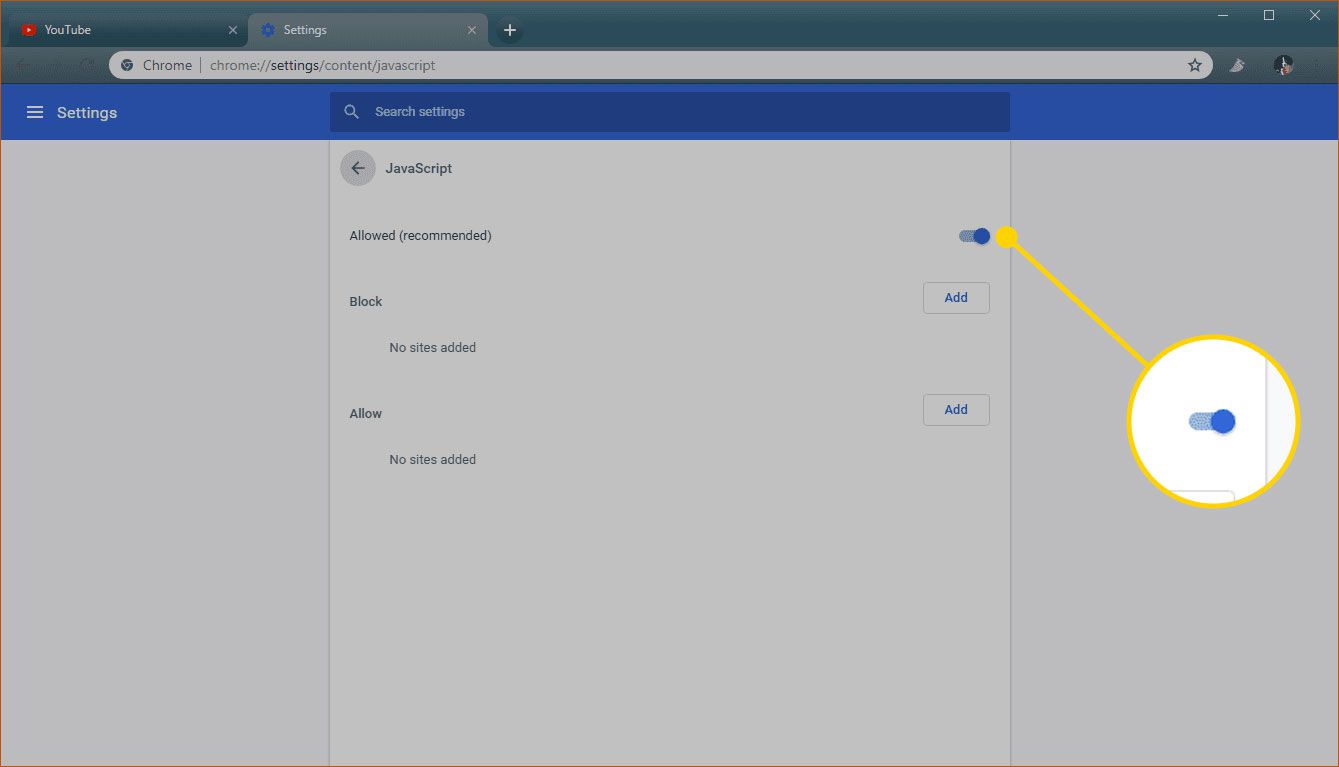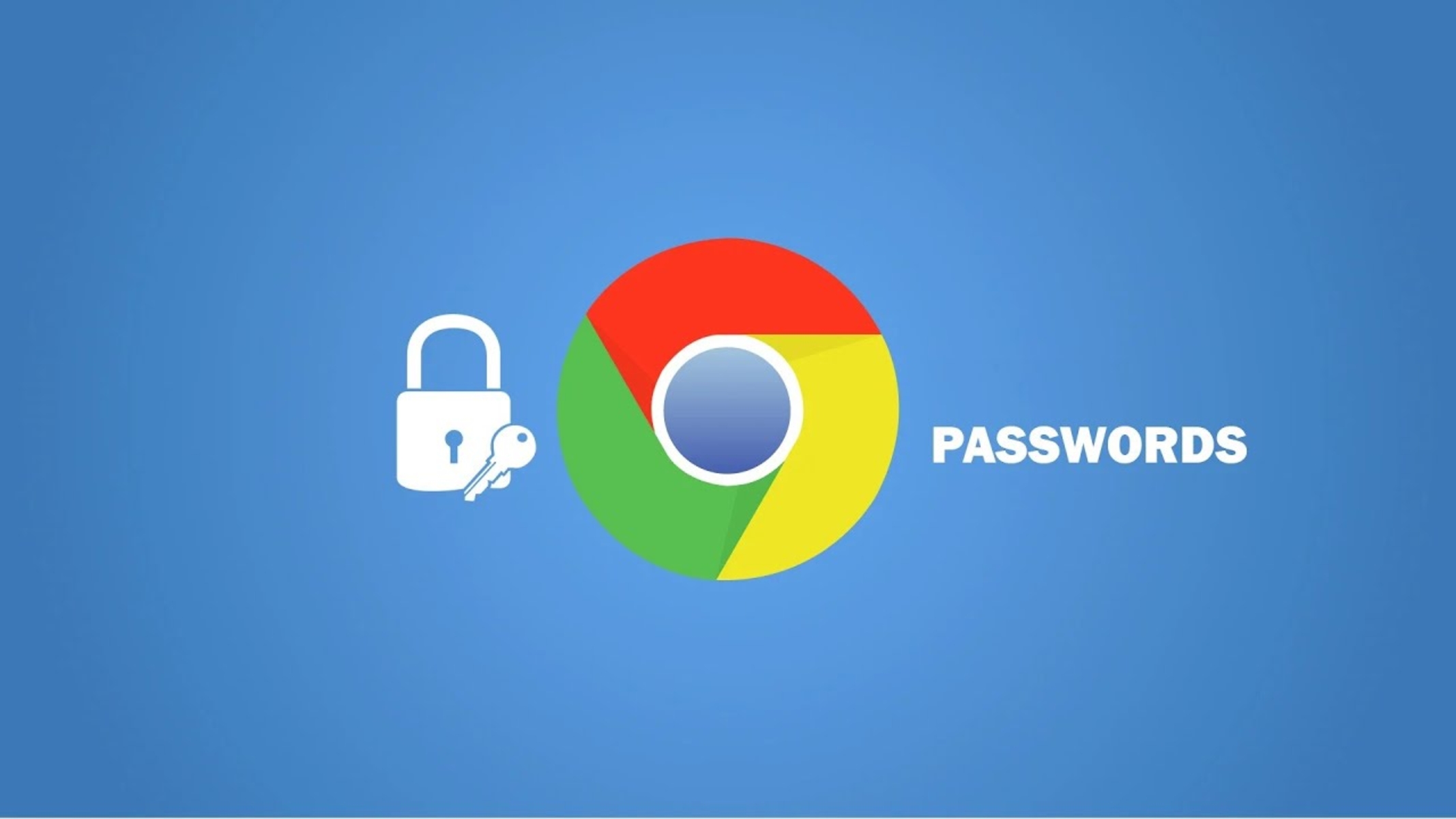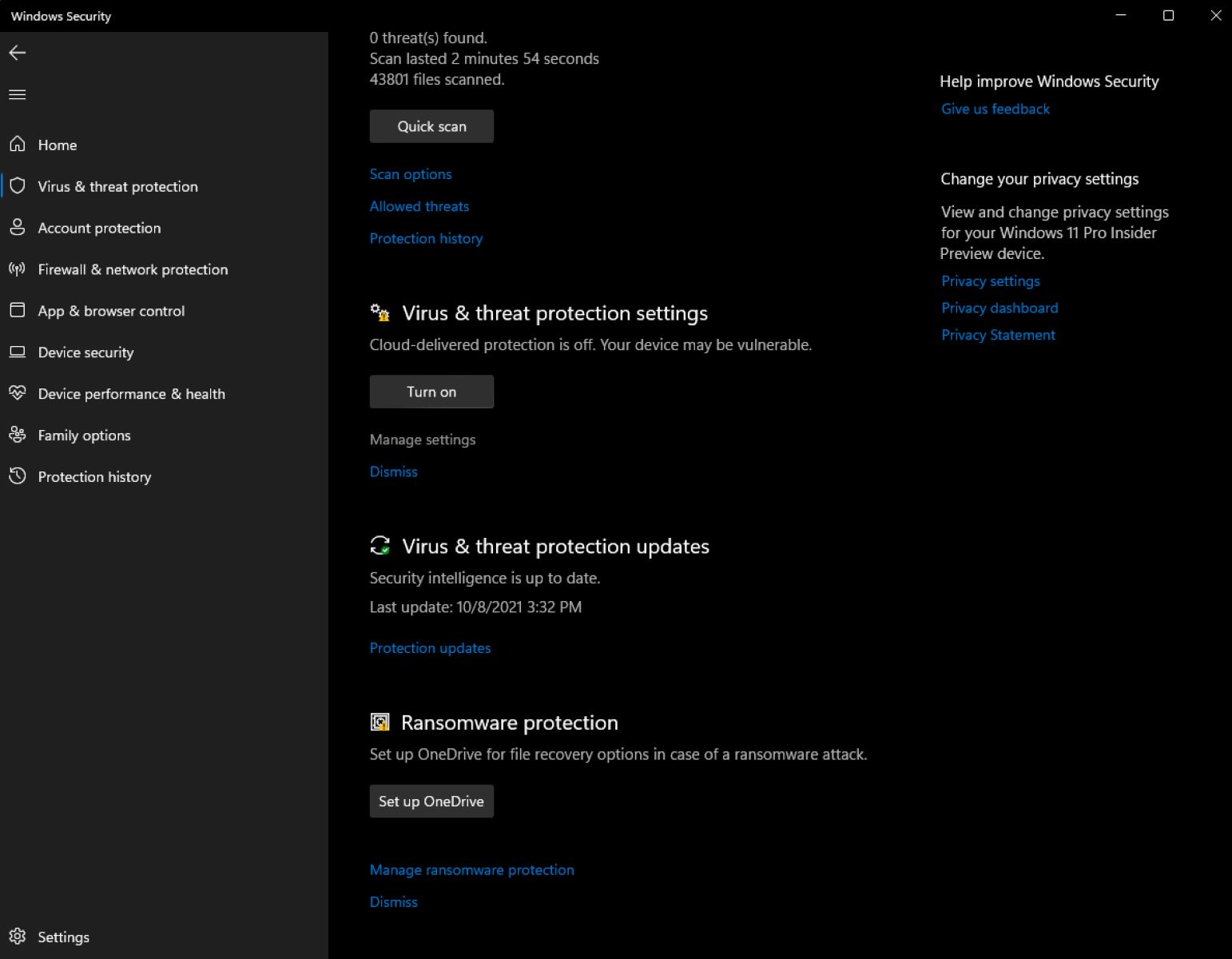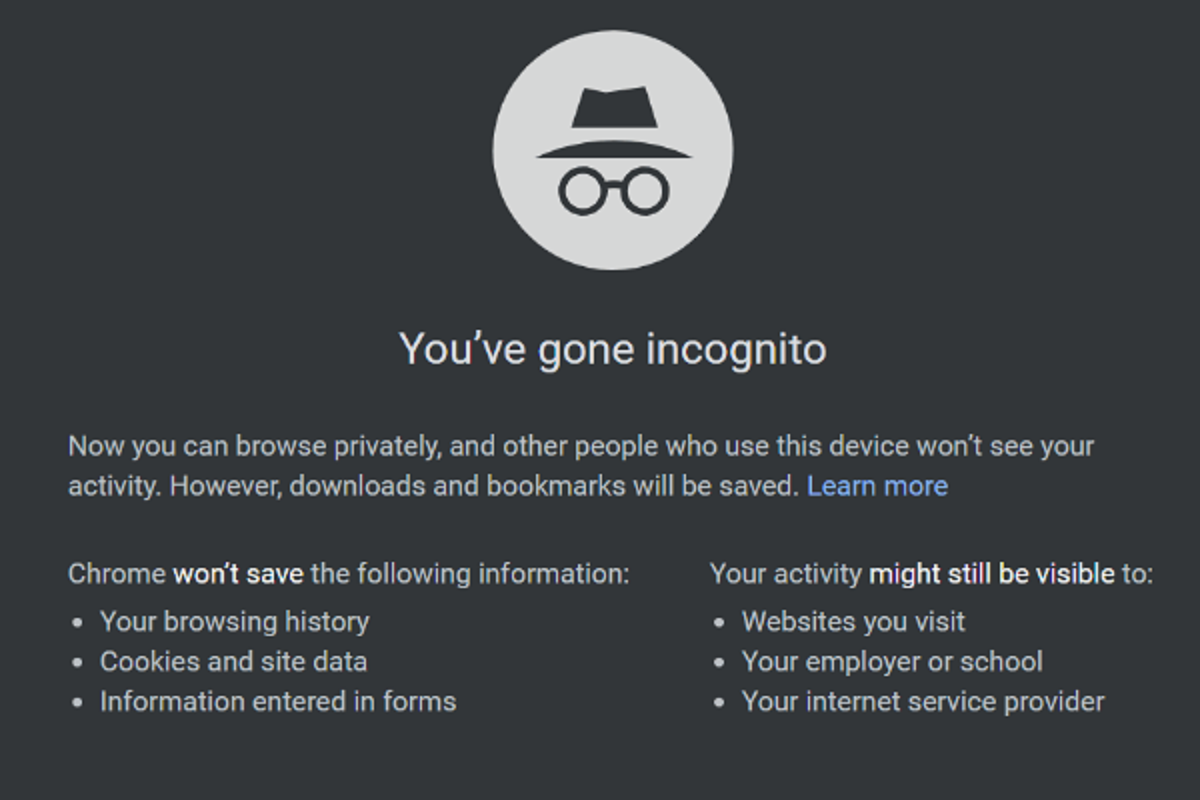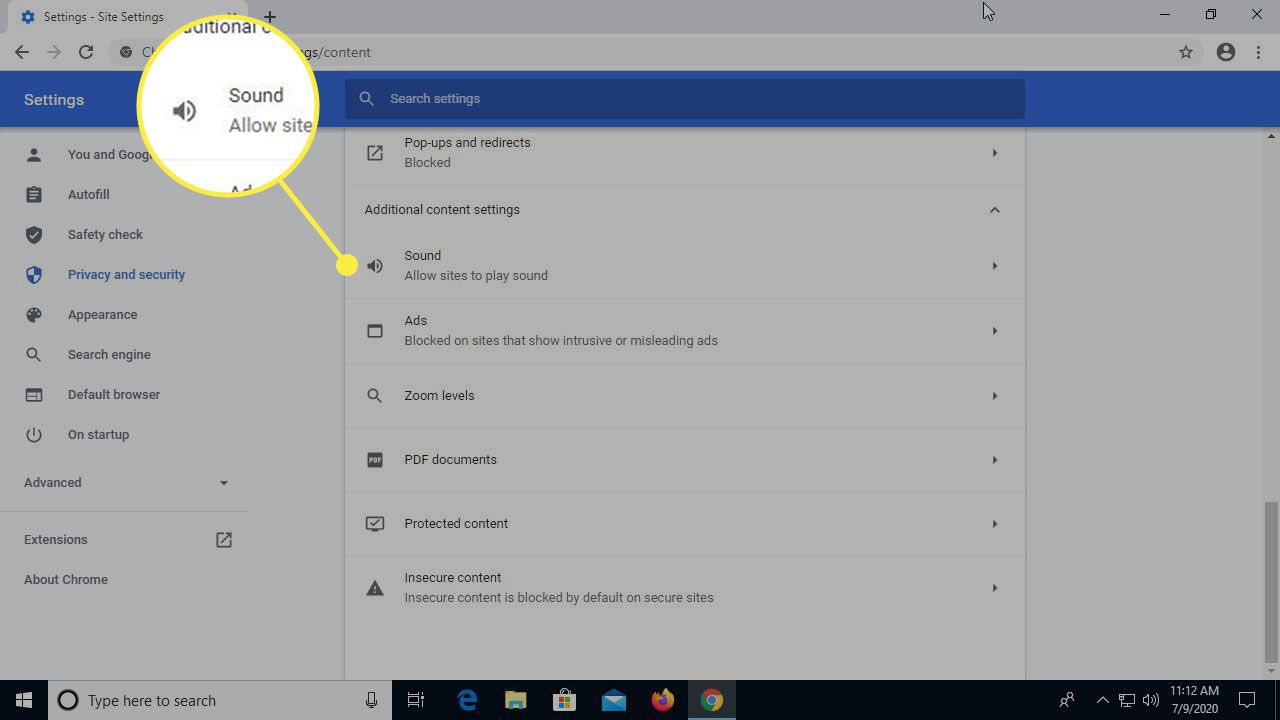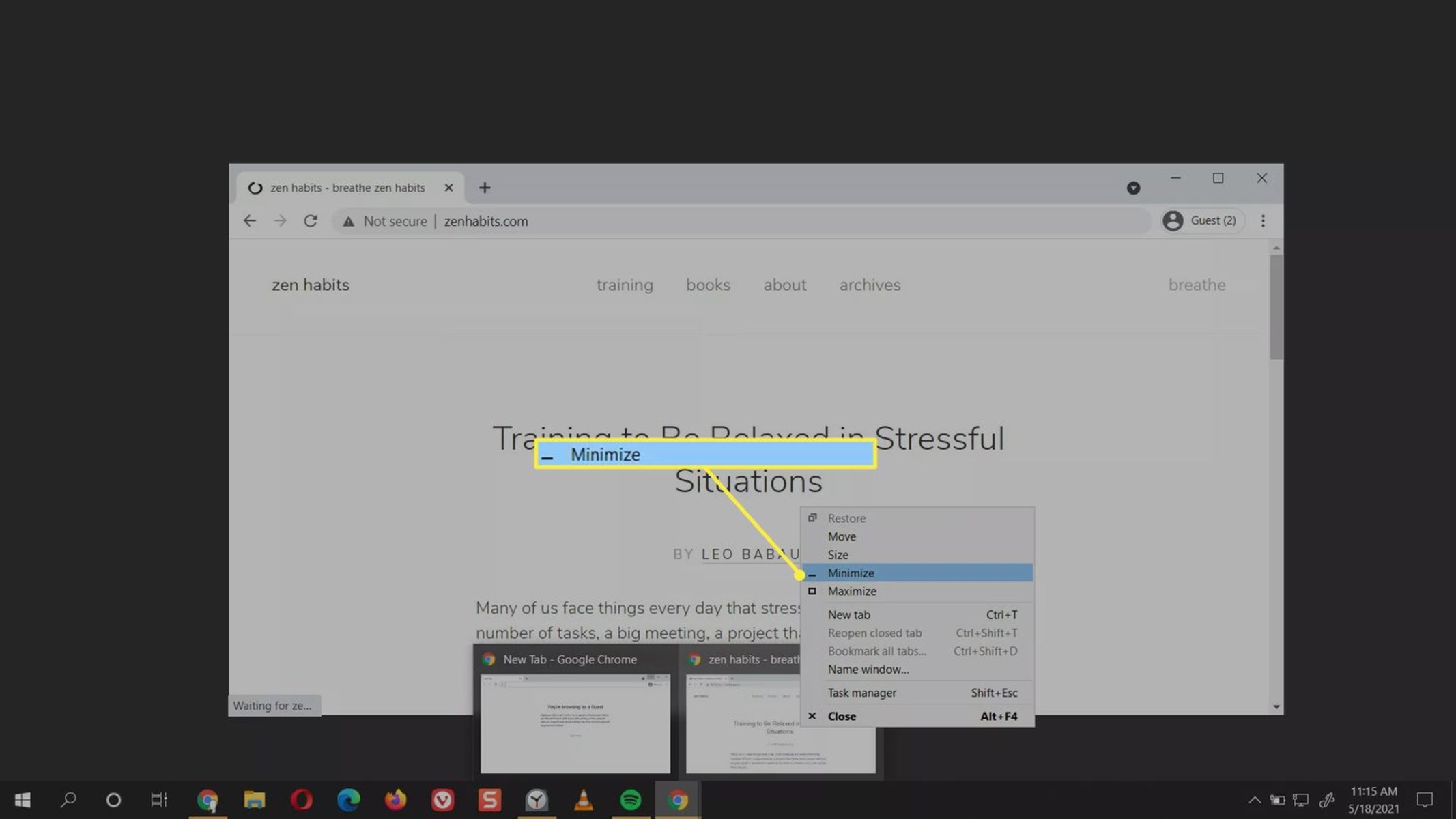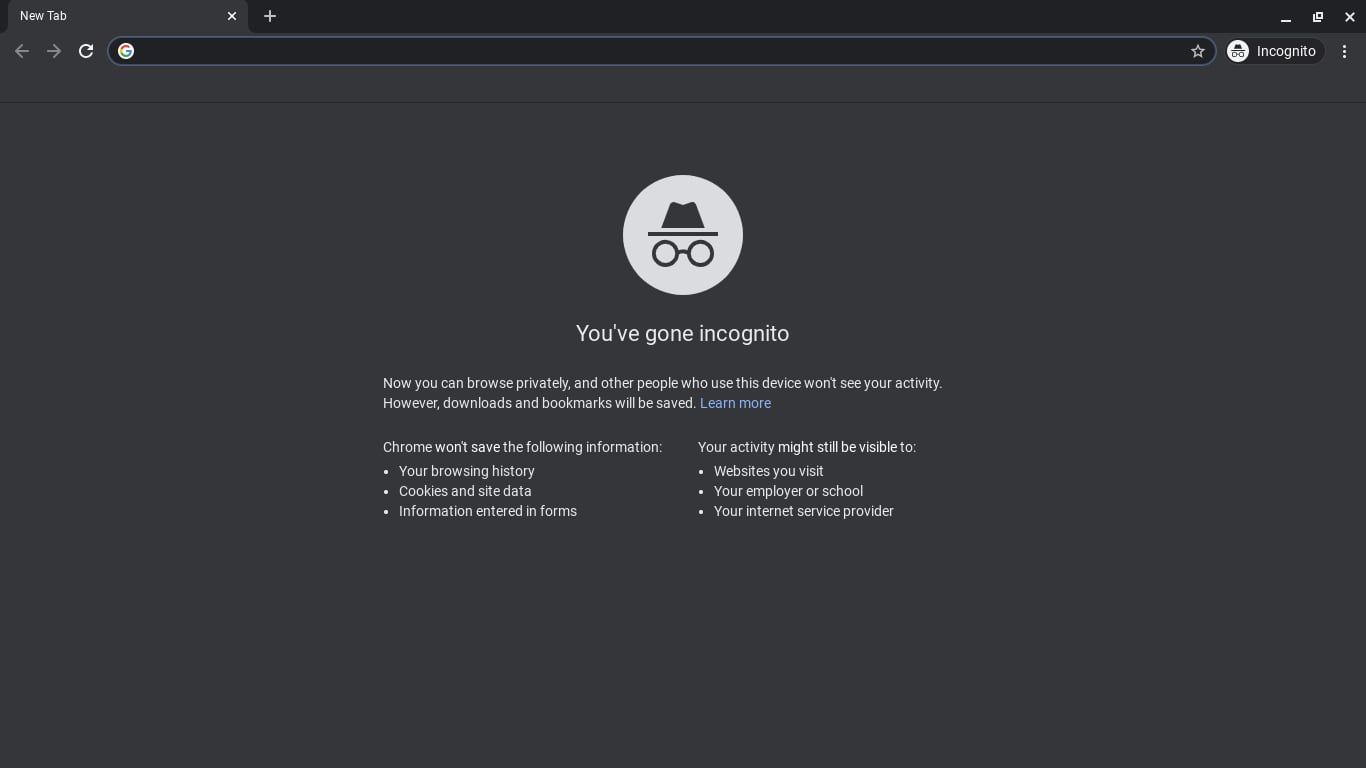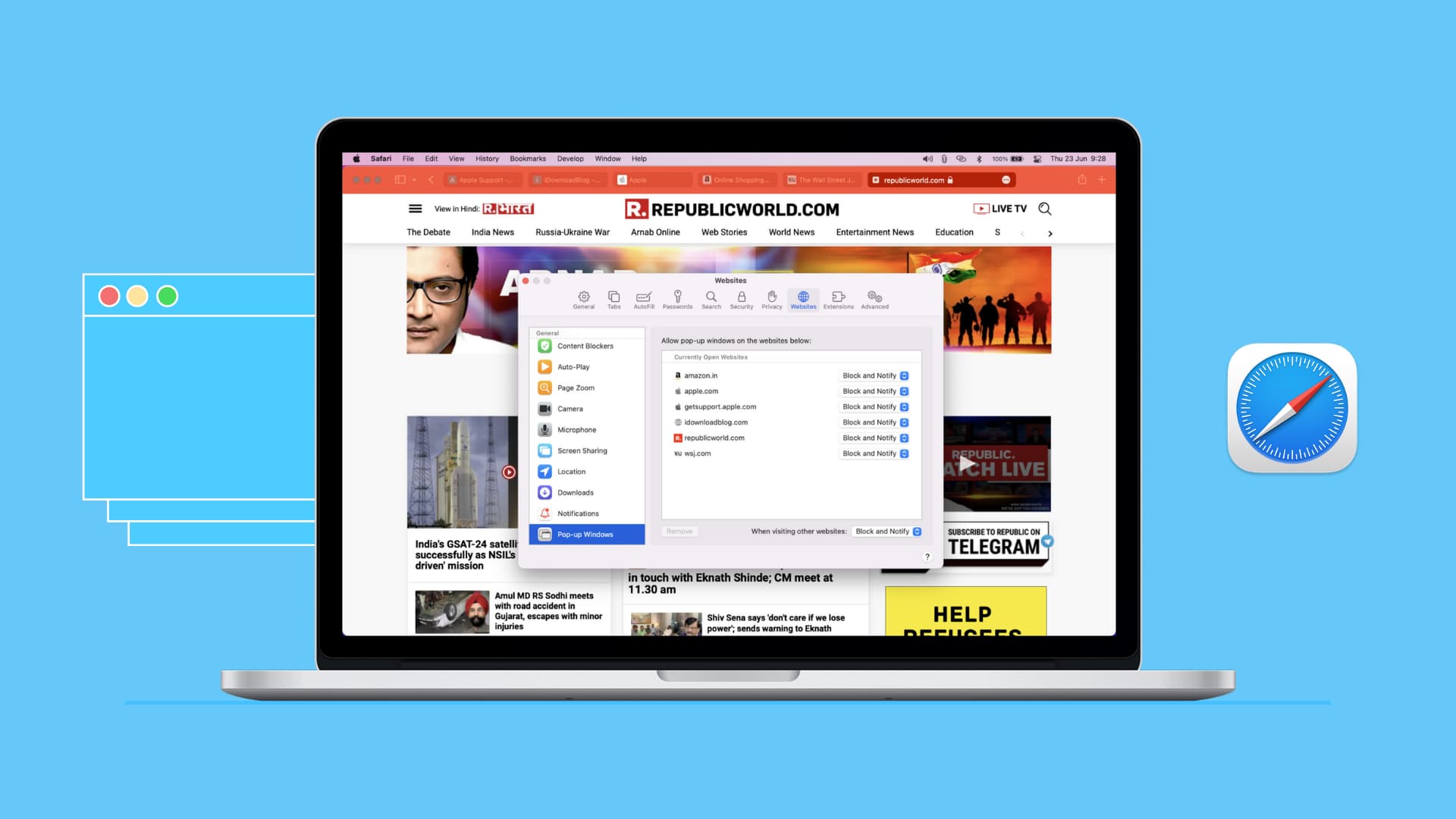Common Reasons for Videos Not Playing on Chrome
Encountering issues with video playback on Chrome can be frustrating, especially when you're eager to watch your favorite content. However, understanding the common reasons behind this problem can help you troubleshoot and resolve the issue effectively. Here are some prevalent factors that may hinder video playback on Chrome:
-
Internet Connection: A stable internet connection is crucial for seamless video streaming. If your internet connection is slow or intermittent, videos may struggle to load or play smoothly. It's essential to ensure that your Wi-Fi or Ethernet connection is stable and has sufficient bandwidth to support video streaming.
-
Browser Cache and Cookies: Over time, accumulated cache and cookies in your Chrome browser can impede its performance, including video playback. Clearing the browser's cache and cookies can often resolve playback issues by refreshing the browser's data and optimizing its functionality.
-
Outdated Chrome Version: Using an outdated version of Chrome can lead to compatibility issues with certain video formats or streaming platforms. Updating your Chrome browser to the latest version ensures that you have access to the most recent bug fixes, security patches, and optimized video playback features.
-
Browser Extensions: While browser extensions can enhance your browsing experience, they can also interfere with video playback. Certain extensions may conflict with video players or disrupt the streaming process. Disabling or removing unnecessary extensions can help identify if they are the cause of the playback problem.
-
Adobe Flash Player Settings: Some websites still rely on Adobe Flash Player for video playback. If your Flash Player settings are misconfigured or outdated, it can result in videos not playing correctly. Verifying and adjusting the settings of Adobe Flash Player can often resolve compatibility issues with video content.
-
Hardware Acceleration: Chrome's hardware acceleration feature, designed to offload certain tasks to your computer's GPU for improved performance, can sometimes lead to video playback issues. Disabling hardware acceleration in Chrome's settings may alleviate playback problems caused by GPU-related conflicts.
By recognizing these common reasons for videos not playing on Chrome, you can take proactive steps to address the issue and enjoy uninterrupted video streaming. Whether it's optimizing your internet connection, managing browser settings, or updating software components, troubleshooting these factors can significantly enhance your video playback experience on Chrome.
Checking Internet Connection
A stable and reliable internet connection is the backbone of seamless video streaming on Chrome. When videos fail to play or buffer endlessly, the first step is to assess the status of your internet connection. Several factors can contribute to connectivity issues, impacting the smooth playback of videos.
Slow or intermittent internet connectivity can significantly hinder the streaming experience. Bandwidth limitations, network congestion, or signal interference can all lead to video playback disruptions. It's essential to ensure that your Wi-Fi or Ethernet connection is robust and capable of supporting the bandwidth requirements for video streaming.
To troubleshoot internet connectivity issues, start by running a speed test to gauge the upload and download speeds. Several online tools and websites offer free speed tests, allowing you to measure the performance of your internet connection. Ideally, a stable internet connection for high-definition video streaming should have a minimum download speed of 5 Mbps. If the speed test results fall below this threshold, it's indicative of a potential connectivity issue that may be affecting video playback.
In addition to speed tests, consider the proximity of your device to the Wi-Fi router or access point. Physical obstructions, such as walls or large objects, can impede the wireless signal, leading to reduced connectivity and video buffering. Repositioning your device closer to the router or eliminating obstructions can improve the signal strength and enhance video streaming performance.
Furthermore, if you're using a wireless connection, ensure that no other devices or applications are consuming excessive bandwidth. Activities such as large file downloads, online gaming, or simultaneous video streaming on multiple devices can strain the network, resulting in reduced bandwidth availability for video playback on Chrome.
Regularly restarting your modem and router can also help resolve intermittent connectivity issues. Power cycling these devices can refresh the network connection and address temporary glitches that may be impacting video streaming.
By diligently monitoring and optimizing your internet connection, you can mitigate potential obstacles that hinder video playback on Chrome. A robust and stable internet connection forms the cornerstone of an enjoyable streaming experience, ensuring that you can seamlessly access and enjoy a wide array of video content without interruptions.
Clearing Browser Cache and Cookies
Over time, as you browse the web, your Chrome browser accumulates a plethora of temporary files and website data, collectively known as the cache and cookies. While these elements serve the purpose of enhancing your browsing experience by storing site-specific preferences and speeding up page loading, they can also contribute to performance issues, including hindering video playback.
When videos fail to play on Chrome, one of the fundamental troubleshooting steps is to clear the browser's cache and cookies. This process involves removing the stored data that may be outdated or conflicting with the playback functionality, thereby refreshing the browser's state and optimizing its performance.
To clear the cache and cookies in Chrome, you can follow these simple steps:
-
Accessing Chrome Settings: Click on the three-dot menu icon in the top-right corner of the browser window and select "Settings" from the dropdown menu.
-
Navigating to Privacy and Security: In the Settings menu, scroll down and click on "Privacy and security" in the left-hand sidebar.
-
Clearing Browsing Data: Under the "Privacy and security" section, click on "Clear browsing data." This action will open a new tab where you can customize the data types to be cleared.
-
Selecting Cache and Cookies: In the "Clear browsing data" tab, ensure that "Cookies and other site data" and "Cached images and files" are selected. You can also choose the time range for which you want to clear the data, such as the past hour, day, week, or all time.
-
Initiating the Clearing Process: Once you've selected the desired data types and time range, click on the "Clear data" button to initiate the clearing process.
By clearing the browser's cache and cookies, you effectively remove the stored website data and temporary files that may be causing playback issues. This action resets the browser's state, allowing for a clean slate when accessing video content on various websites and platforms.
Furthermore, clearing the cache and cookies can also address potential conflicts between outdated data and the latest video playback requirements, ensuring that your browsing experience remains smooth and uninterrupted.
In essence, clearing the browser's cache and cookies is a foundational step in troubleshooting video playback issues on Chrome. By periodically performing this maintenance task, you can optimize the browser's performance, resolve playback disruptions, and enjoy seamless access to a diverse range of video content.
Updating Chrome to the Latest Version
Ensuring that your Chrome browser is running the latest version is paramount in maintaining optimal performance and compatibility with various web-based content, including video playback. The continuous evolution of web technologies and standards necessitates regular updates to Chrome, as newer versions often incorporate bug fixes, security enhancements, and feature improvements that directly impact video streaming capabilities.
To update Chrome to the latest version, follow these simple steps:
-
Accessing Chrome Settings: Click on the three-dot menu icon in the top-right corner of the browser window and select "Settings" from the dropdown menu.
-
Navigating to About Chrome: In the Settings menu, scroll down and click on "About Chrome" in the left-hand sidebar. This action will prompt Chrome to check for updates and display the current version of the browser.
-
Initiating the Update: If a new version of Chrome is available, the browser will automatically begin downloading and installing the update. You may be required to relaunch the browser to complete the update process.
By updating Chrome to the latest version, you gain access to the most recent enhancements and optimizations that can positively impact video playback. These updates often address compatibility issues with video codecs, improve the stability of the browser when handling multimedia content, and enhance the overall streaming experience.
Moreover, staying current with Chrome updates is essential for maintaining robust security measures, safeguarding against potential vulnerabilities that could compromise the integrity of video streaming sessions. As cyber threats continue to evolve, keeping your browser up to date ensures that you benefit from the latest security patches and protective mechanisms, creating a safer environment for accessing online video content.
In essence, updating Chrome to the latest version is a proactive measure that not only enhances the browser's performance and video playback capabilities but also fortifies its resilience against security risks. By regularly checking for and applying updates, you can optimize your video streaming experience, mitigate compatibility issues, and stay abreast of the latest advancements in web technology.
Disabling Browser Extensions
Browser extensions, also known as add-ons or plugins, are valuable tools that augment the functionality of your Chrome browser, offering a diverse array of features and enhancements. While these extensions can significantly enrich your browsing experience, they can also inadvertently disrupt video playback, leading to frustrating interruptions and playback issues.
When videos fail to play on Chrome, one potential culprit to consider is the interference caused by browser extensions. Certain extensions, particularly those related to ad blocking, video downloading, or media playback, may conflict with the native video player or the underlying streaming technology, resulting in playback errors or unresponsive video content.
To troubleshoot this issue, the first step is to disable or temporarily remove unnecessary browser extensions to identify if they are contributing to the playback problem. Here's how you can manage your extensions in Chrome:
-
Accessing Chrome Extensions: Click on the three-dot menu icon in the top-right corner of the browser window and select "More tools" followed by "Extensions" from the dropdown menu. This action will open the Extensions page, displaying a list of installed extensions.
-
Disabling Extensions: In the Extensions page, locate the extensions that are not essential for your immediate browsing needs, especially those that are related to media playback or video manipulation. Toggle the switch next to each extension to disable it temporarily.
-
Testing Video Playback: After disabling the selected extensions, revisit the webpage or platform where you encountered the video playback issue and attempt to play the video again. Observe if the problem persists or if the video now plays smoothly without interruptions.
By systematically disabling browser extensions and testing video playback after each modification, you can pinpoint if a specific extension is causing the playback problem. If the issue is resolved after disabling a particular extension, it indicates that the extension was indeed interfering with video playback on Chrome.
Once you've identified the problematic extension, you can choose to either remove it permanently or re-enable it when not actively engaging with video content. Additionally, consider reviewing the extension's permissions and settings to ensure that it aligns with your browsing and video streaming requirements without impeding playback performance.
In essence, managing browser extensions is a crucial aspect of troubleshooting video playback issues on Chrome. By selectively disabling or removing extensions that may be causing conflicts, you can restore seamless video streaming and optimize your browsing environment for uninterrupted access to diverse video content.
Checking Adobe Flash Player Settings
Adobe Flash Player has long been a cornerstone of web-based multimedia content, providing the framework for interactive animations, video playback, and rich media experiences across various websites and platforms. However, as web technologies evolve, the reliance on Flash Player has diminished, with many modern browsers transitioning towards native HTML5 video players and advanced streaming protocols. Despite this shift, certain websites and legacy applications still depend on Adobe Flash Player for video playback, necessitating the need to ensure that its settings are optimized for seamless performance within the Chrome browser.
When encountering issues with video playback on Chrome, particularly on websites that utilize Adobe Flash Player, it's essential to verify and adjust the Flash Player settings to mitigate potential compatibility issues and playback disruptions. Here's a comprehensive guide to checking and configuring the Adobe Flash Player settings in Chrome:
-
Accessing Chrome's Flash Player Settings: Begin by navigating to a website or platform that utilizes Adobe Flash Player for video playback. Right-click on the video player or content area to reveal the context menu. From the context menu, select "Settings" to access the Adobe Flash Player settings panel.
-
Verifying Camera and Microphone Access: In the Flash Player settings panel, navigate to the "Camera and Mic" tab to review the permissions granted to websites for accessing your camera and microphone. Ensure that the appropriate websites are granted access to these devices if the video content requires such permissions for playback.
-
Adjusting Local Storage Settings: Proceed to the "Storage" tab within the Flash Player settings panel. Here, you can manage the local storage settings for individual websites that utilize Flash Player. Adjust the storage settings as needed, ensuring that sufficient space is allocated for storing video playback data and related content.
-
Configuring Playback Quality: Under the "Playback" tab, you can fine-tune the playback quality settings for Adobe Flash Player. Depending on your internet connection and device capabilities, you can adjust the video playback quality to optimize the viewing experience without straining network resources or system performance.
-
Enabling Hardware Acceleration: If your system supports hardware acceleration, consider enabling this feature within the Flash Player settings. Hardware acceleration offloads certain processing tasks to your computer's GPU, potentially enhancing video playback performance and reducing the strain on the CPU.
By meticulously reviewing and adjusting the Adobe Flash Player settings within Chrome, you can ensure that the necessary permissions, storage allocations, and playback configurations are optimized for seamless video playback. This proactive approach not only addresses potential compatibility issues but also enhances the overall stability and performance of Adobe Flash Player within the Chrome browser, enabling you to enjoy uninterrupted access to Flash-based video content when necessary.
Troubleshooting Hardware Acceleration Issues
Hardware acceleration, a feature designed to leverage your computer's GPU for enhanced performance, can significantly impact video playback on Chrome. While hardware acceleration is intended to optimize the rendering of multimedia content, it can occasionally lead to playback issues, including video freezing, stuttering, or visual artifacts. When encountering such problems, troubleshooting hardware acceleration becomes essential to restore smooth and uninterrupted video playback.
To address hardware acceleration issues in Chrome, consider the following steps:
Disabling Hardware Acceleration
- Access Chrome Settings: Click on the three-dot menu icon in the top-right corner and select "Settings."
- Navigate to Advanced Settings: Scroll down and click on "Advanced" to reveal additional settings options.
- Locate System Settings: Under the "System" section, toggle off the option for "Use hardware acceleration when available."
Updating Graphics Drivers
- Identify Graphics Card Manufacturer: Determine the manufacturer of your computer's graphics card, such as NVIDIA, AMD, or Intel.
- Visit Manufacturer's Website: Access the official website of the graphics card manufacturer and navigate to the support or drivers section.
- Download and Install Latest Drivers: Locate and download the latest graphics drivers compatible with your system. Install the drivers following the manufacturer's instructions.
Monitoring System Temperature and Performance
- Utilize System Monitoring Tools: Install and utilize system monitoring software to track the temperature and performance of your computer's GPU during video playback.
- Ensure Adequate Cooling: Verify that your computer's cooling system, including fans and heat sinks, is functioning optimally to prevent overheating of the GPU.
Testing Different Video Playback Scenarios
- Experiment with Various Video Sources: Play videos from different sources, such as streaming platforms, local files, or web-based content, to discern if the hardware acceleration issue is specific to certain types of video content.
- Adjust Video Quality Settings: Modify the video quality settings within the video player or streaming platform to evaluate if lower or higher resolutions impact hardware acceleration performance.
By systematically addressing hardware acceleration issues through these troubleshooting methods, you can identify and resolve factors that impede smooth video playback on Chrome. Whether it involves adjusting software settings, updating hardware drivers, or optimizing system performance, troubleshooting hardware acceleration contributes to a more seamless and enjoyable video streaming experience.







